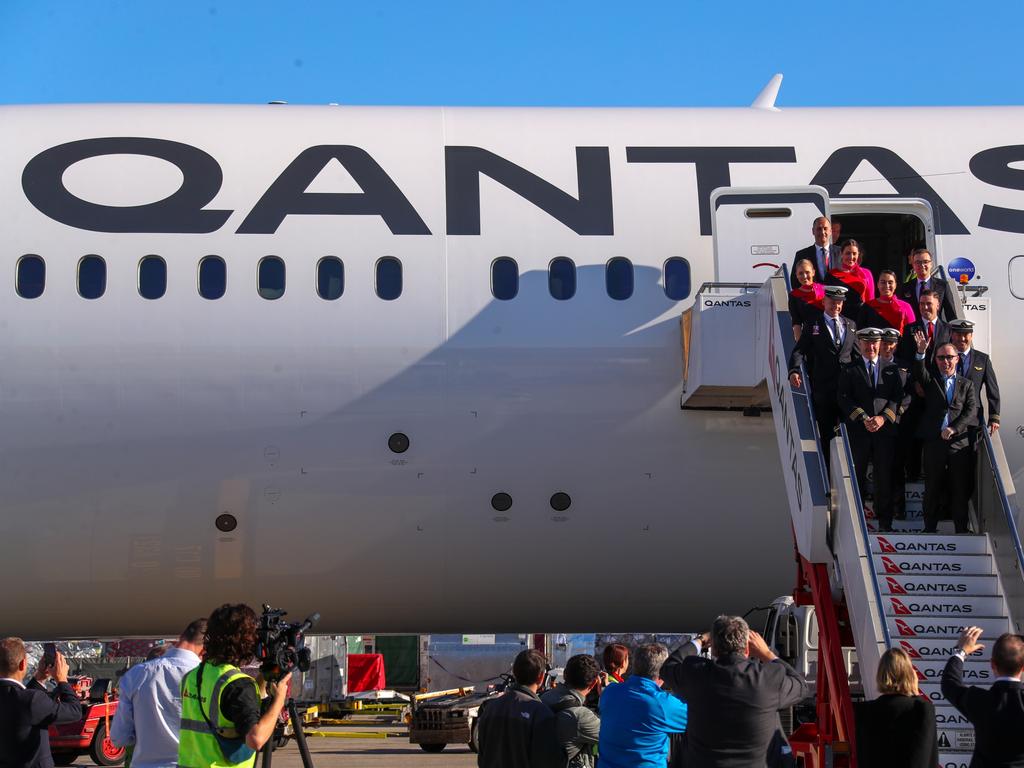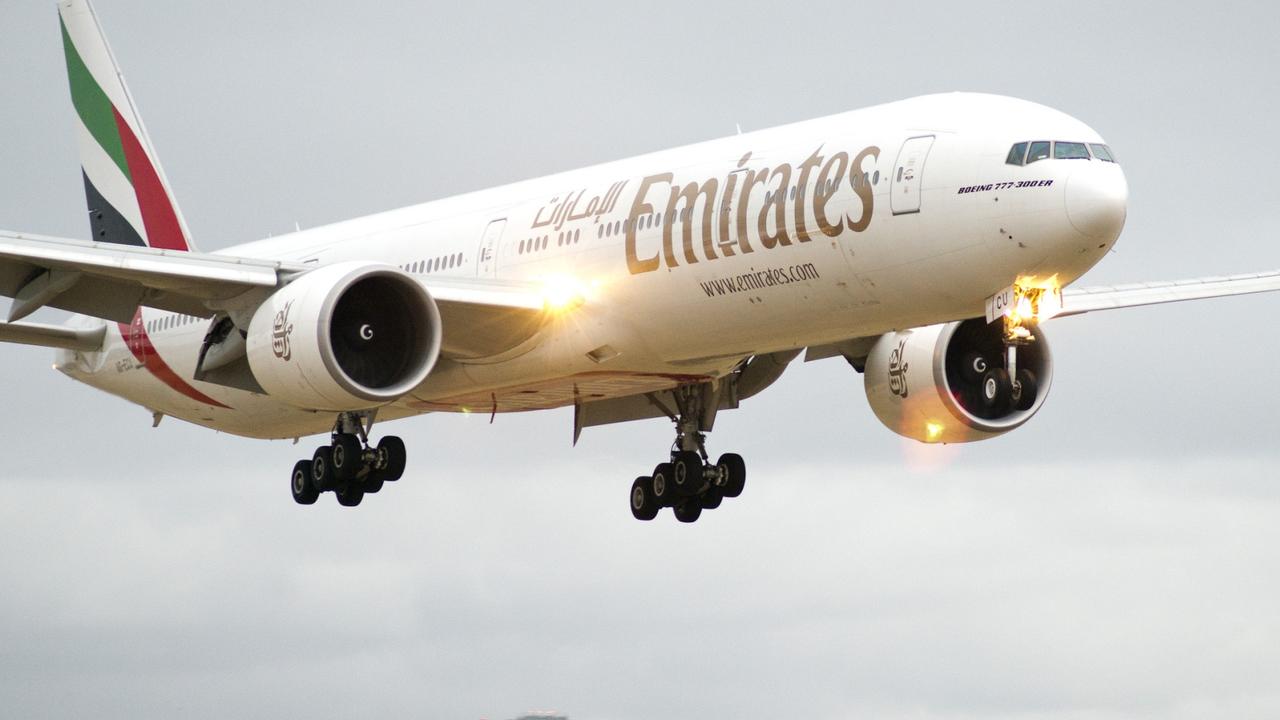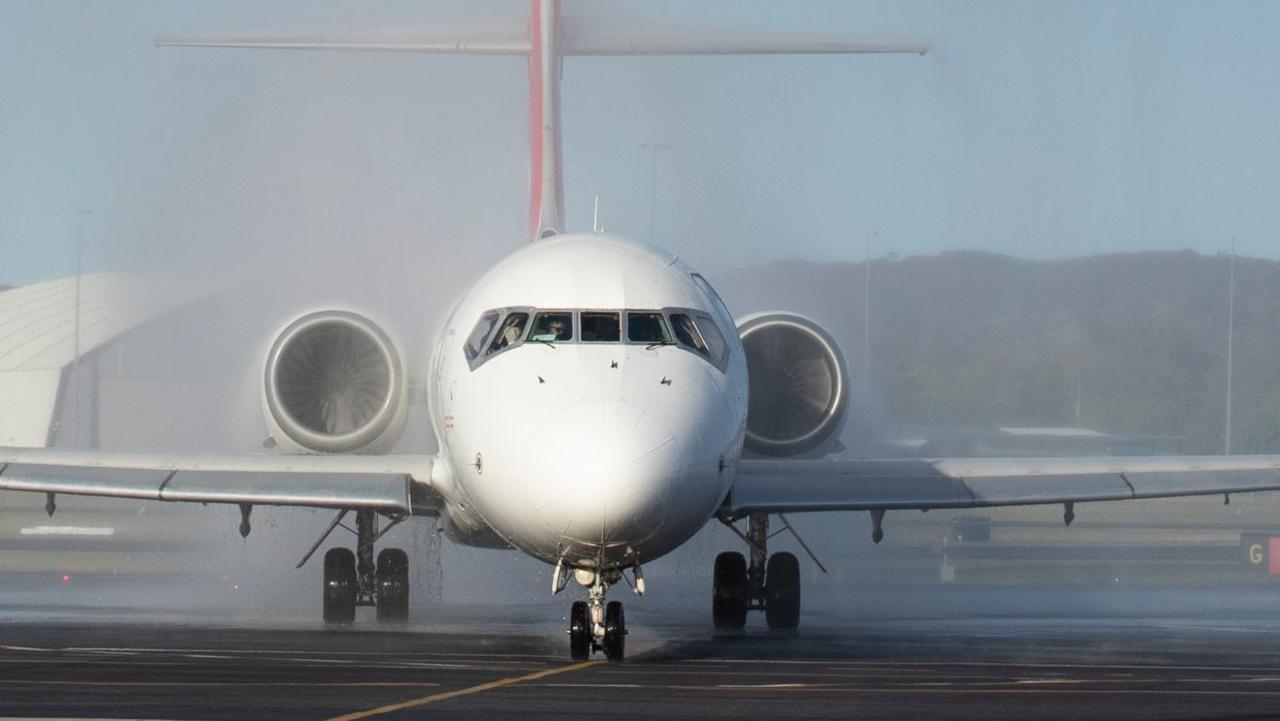Qantas lands historic non-stop flight from London to Sydney
It’s been in the air for almost 20 hours, but now the world’s longest research flight has done the unthinkable and landed in Sydney.
After almost 20 hours in the air, Qantas has completed the unthinkable and touched down in Sydney after departing London on a staggering 17,800km journey.
Australia’s national carrier successfully landed its second ultra-long haul research flight as part of Project Sunrise, which is studying ways to combat jet lag for those on-board.
The flight arrived in Sydney about 12.30pm local time after a marathon 19-and-a-half hour flight from London carrying just 52 passengers and crew.
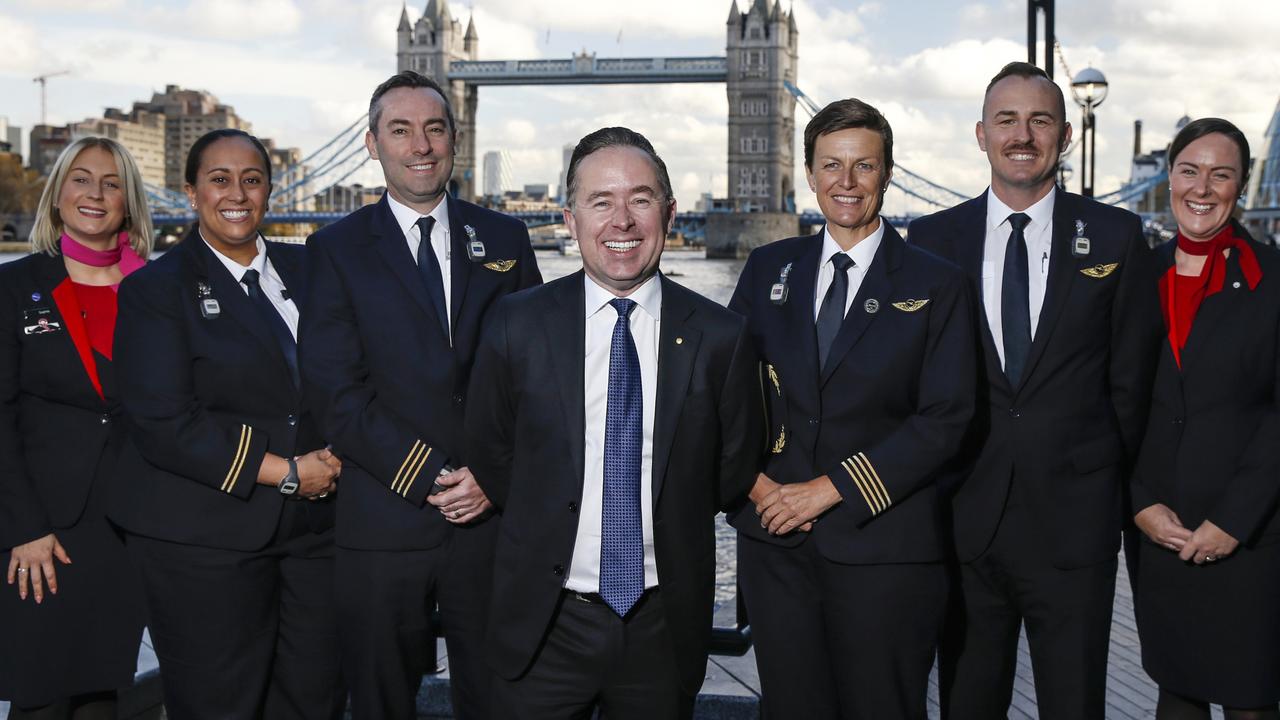
It is the second test flight in a three-part series for Qantas, which connected New York and Sydney in a non-stop trial flight last month.
MORE: Qantas axes key flight route
MORE: New way to get thousands of Qantas points
It was the second time in history the route has been flown by a commercial airline, with the first time being in 1989.
The London-Sydney flight is actually 1500km further than New York to Sydney, but is shorter due to prevailing tailwinds.
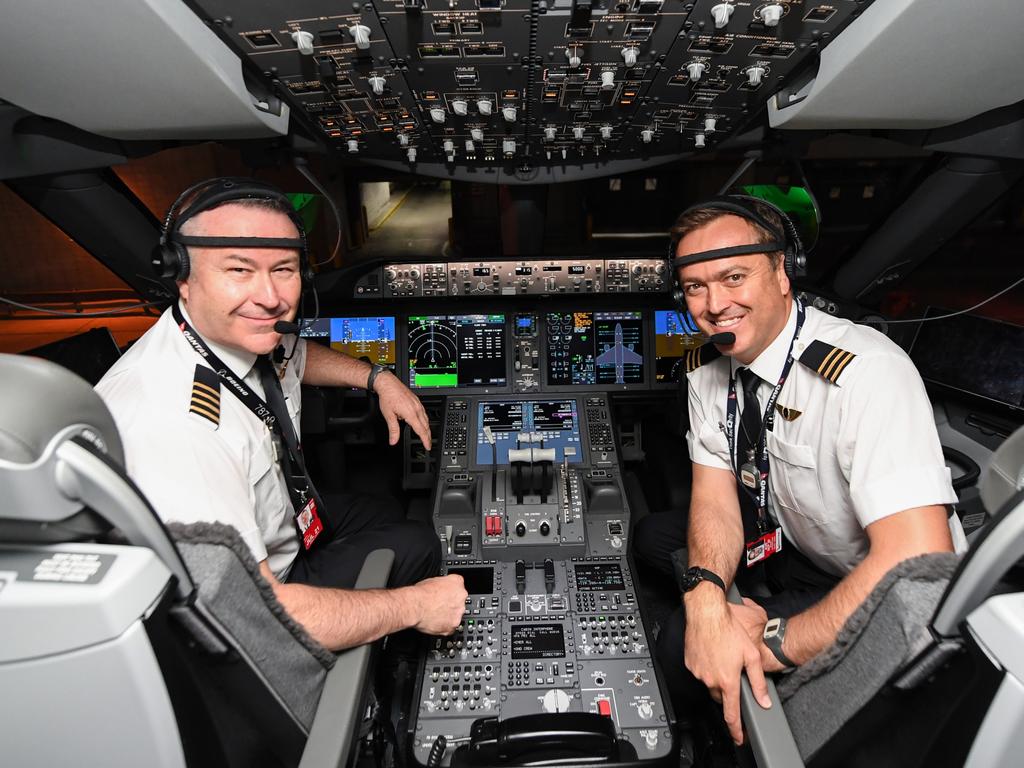

Ahead of the flight, Qantas CEO Alan Joyce explained that to make the non-stop journeys a reality within the next few years, the airline is looking at ways to redesign cabins and improve comfort to make the long stretches in the sky more manageable.
“We know that travellers want room to move on these direct flights, and the exercises we encouraged on the first research flight seemed to work really well,” he said.
“So, we’re definitely looking to incorporate on-board stretching zones and even some simple modifications like overhead handles to encourage low impact exercises.”
Passengers boarded at 6am London time and were offered high GI supper options like a steak sandwich or chicken broth with macaroni, followed by a milk-based panna cotta dessert.

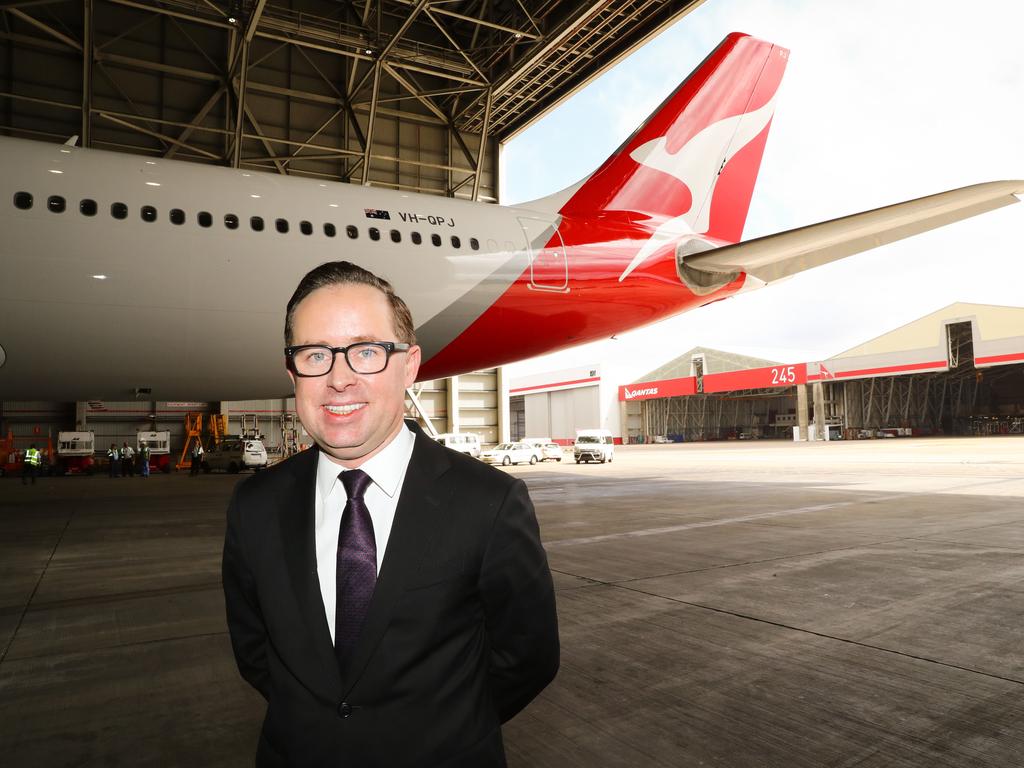
The Qantas boss also explained that the non-stop Perth to London flight, which launched last March, had boosted confidence in the proposed longer journeys.
“It had the highest customer satisfaction rating after a year of any route on our network, and it’s been the most successful launch of a new route,” he said.
Since then, 250,000 people have already taken the 17-hour route between Australia’s west coast and the UK capital.
The impact of the lengthy trip on the Qantas crew was also under the microscope on Friday’s flight.
Pilots wore an EEG (electroencephalogram) device to track brain wave patterns, while three Go-Pro cameras were put in the cockpit to monitor alertness.
A final decision on whether the ultra-long haul flights will become a commercial reality is expected by the end of the year, with the service potentially launching by 2022.
The project has been named Sunrise, after Qantas’ “double sunrise” endurance flights during WWII which saw two sunrises while in the air.
